50+ Sample Variance
-
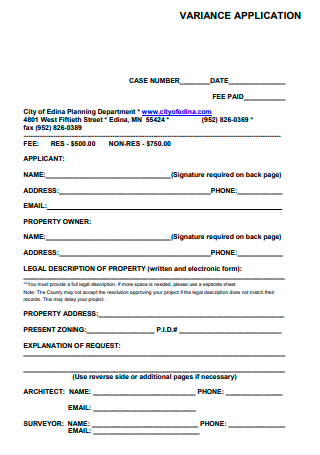
Variance Application
download now -
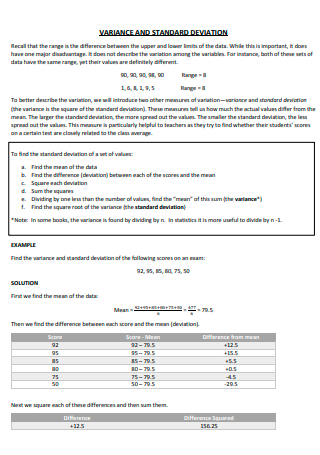
Variance and Standard Deviation
download now -

Variances and Means
download now -
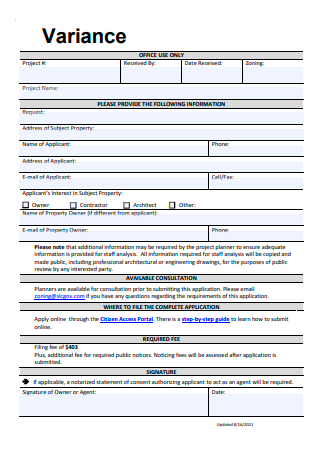
Sample Variance Template
download now -
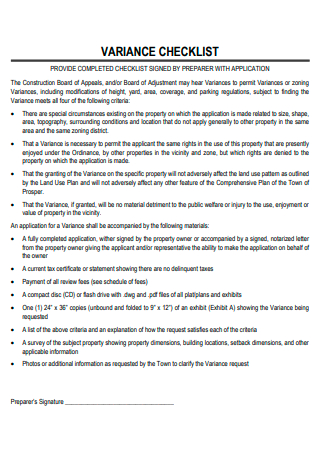
Variance Checklist
download now -
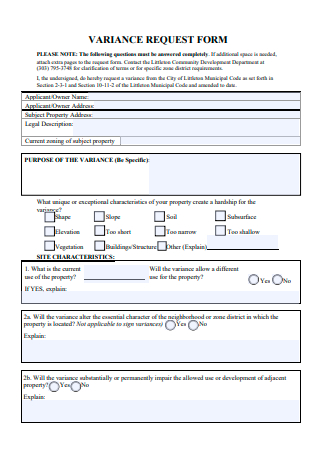
Variance Request Form
download now -
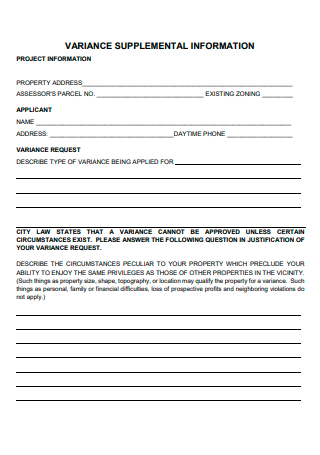
Variance Supplemental Information
download now -
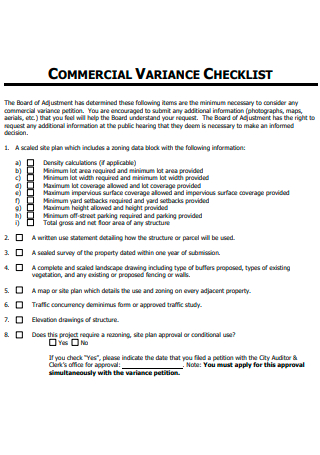
Commercial Variance Checklist
download now -
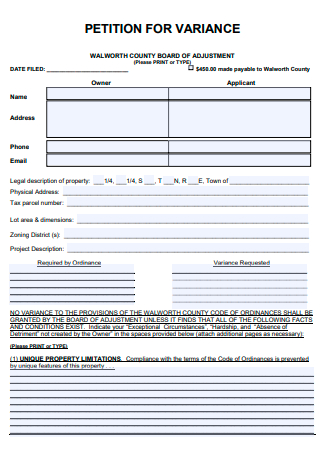
Petition For Variance
download now -
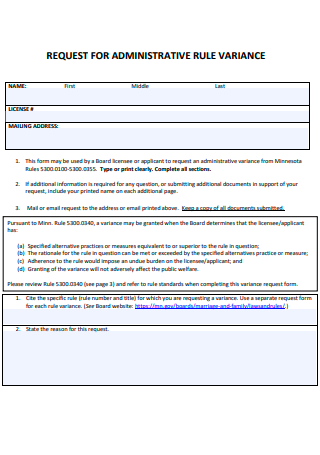
Request For Administrative Rule Variance
download now -
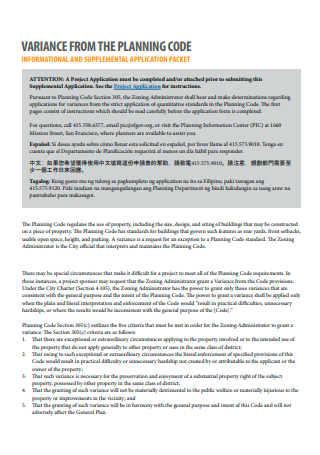
Variance From Planning Code
download now -
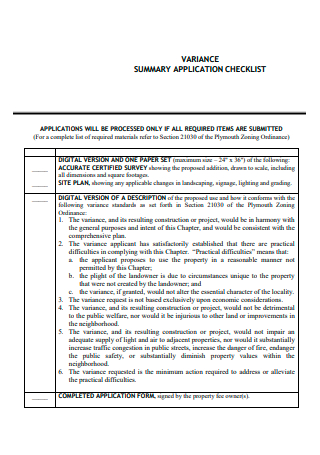
Variance Summary Application Checklist
download now -

Sample Variance Test
download now -
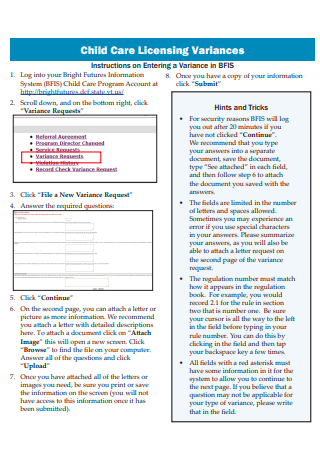
Child Care Licensing Variances
download now -
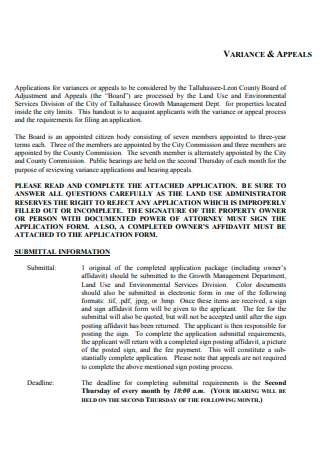
Variance and Appeals
download now -
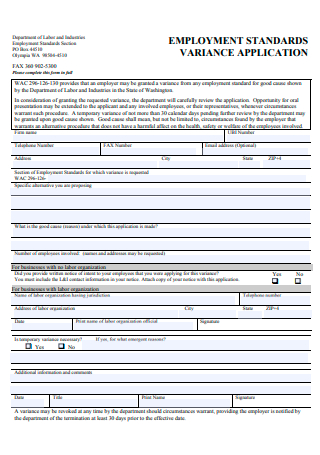
Standard Employment Variance Application
download now -

Variance Request Questionnaire
download now -
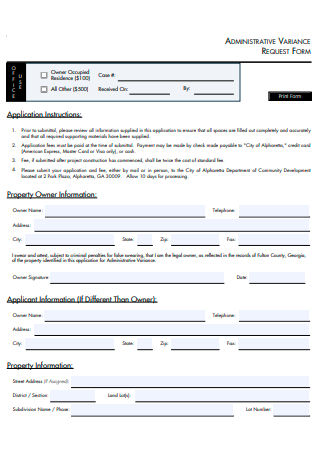
Administrative Variance Request Form
download now -
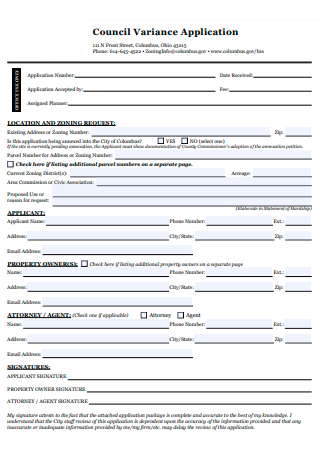
Council Variance Application.
download now -
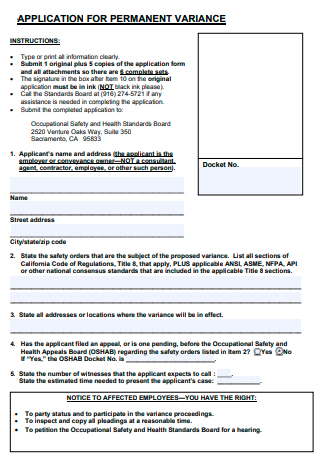
Application For Permanent Variance
download now -
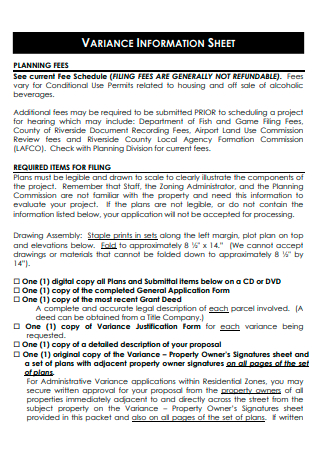
Variance Information Sheet
download now -
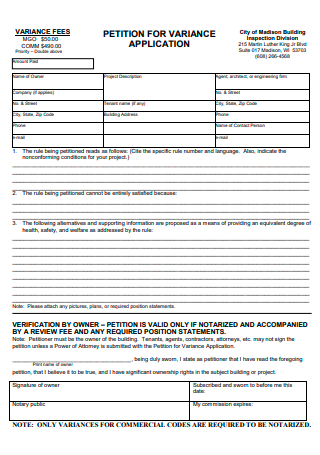
Petiion For Variance Application
download now -
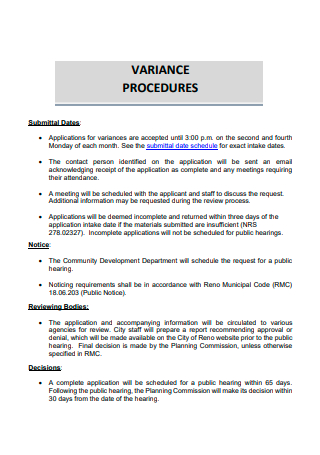
Variance Procedure
download now -
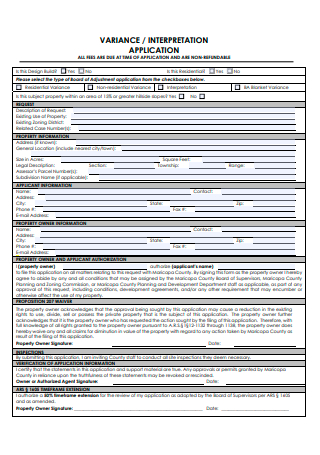
Variance Interpretation Application
download now -
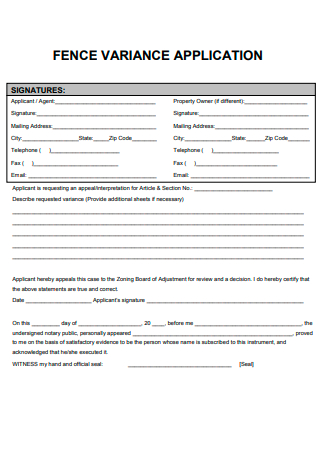
Fence Variance Application
download now -
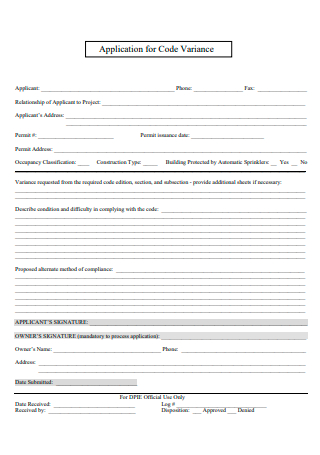
Application For Code Variance
download now -
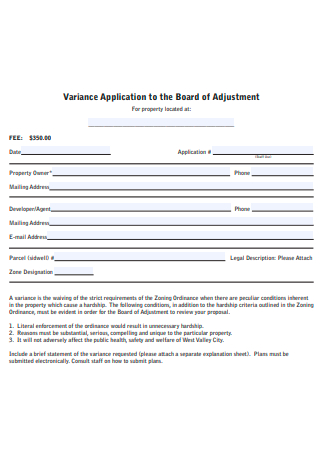
Variance Application to the Board of Adjustment
download now -
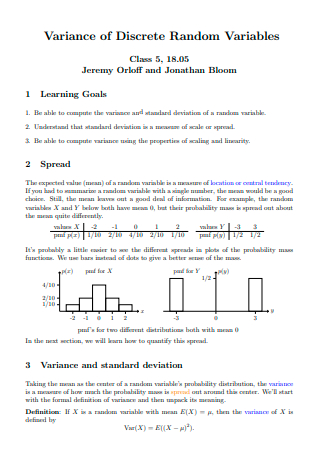
Variance of Discrete Random Variables
download now -

Variance Sketch Plan of Action
download now -
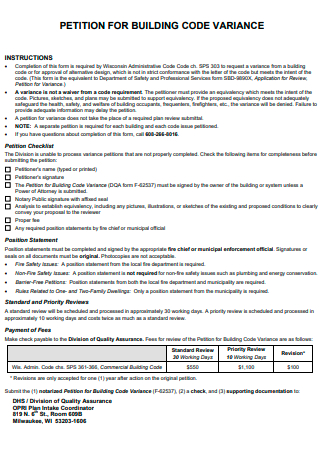
Petition For Building Code Variance
download now -
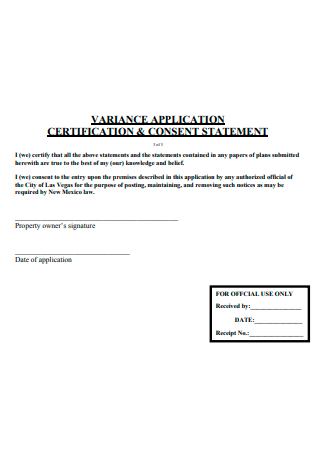
Variance Application Certification and Consent Statement
download now -

Formal Variance
download now -
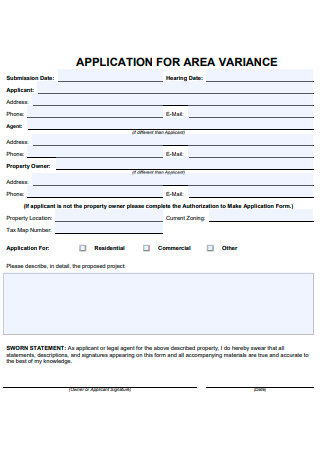
Area Variance Application
download now -
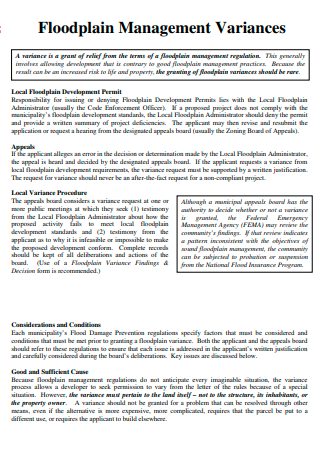
Flood Plain Management Variance
download now -
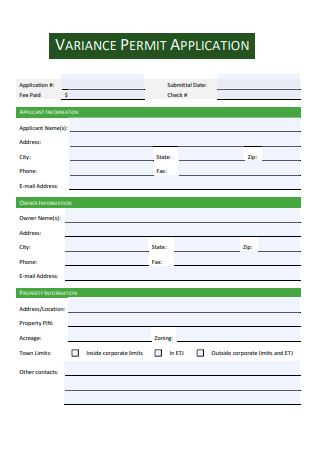
Variance Permit Application
download now -
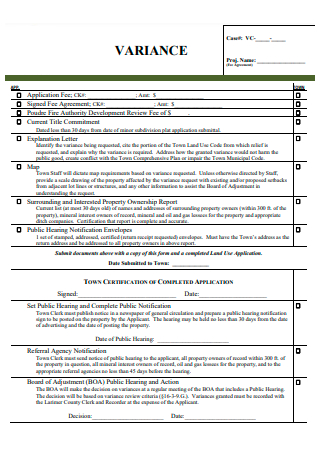
Variance Example
download now -
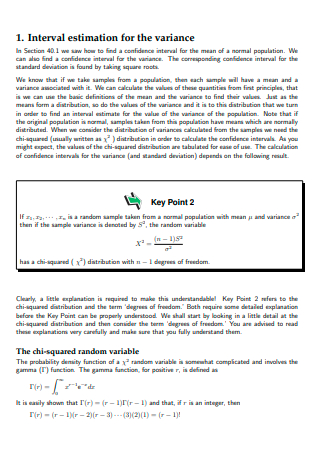
Interval Estimation For Variance
download now -

Variance in PDF
download now -
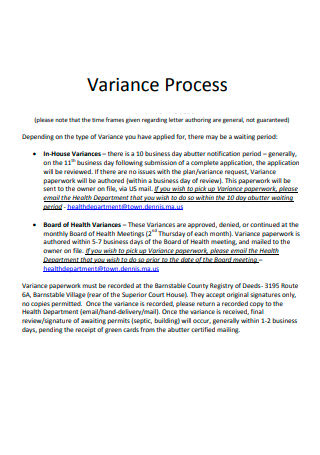
Variance Process
download now -

Estimating Population Variance
download now -
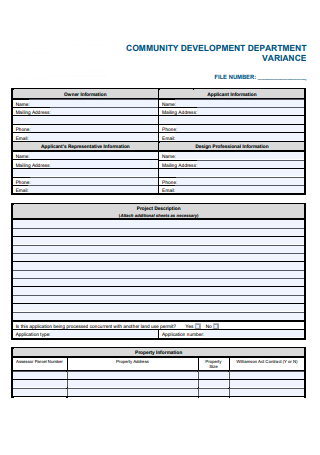
Community Development Department Variance
download now -
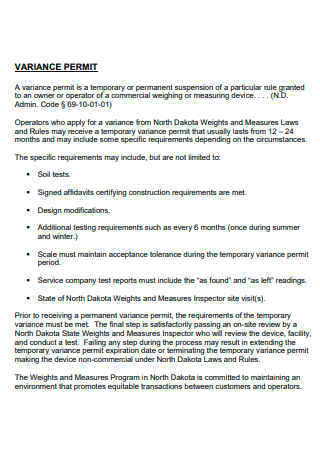
Variance Permit
download now -
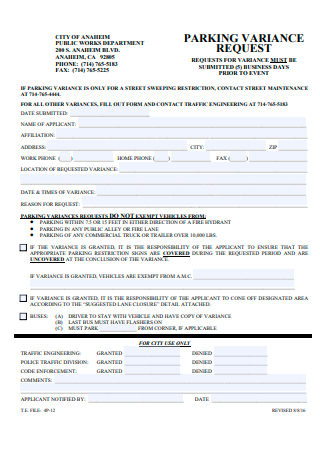
Parking Variance Request
download now -
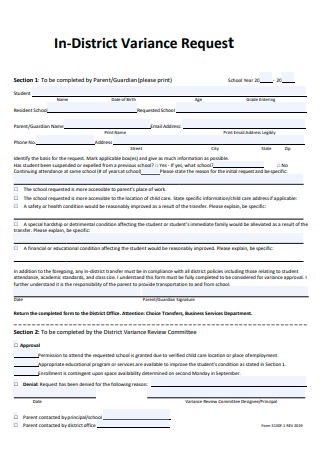
In-District Variance Request
download now -
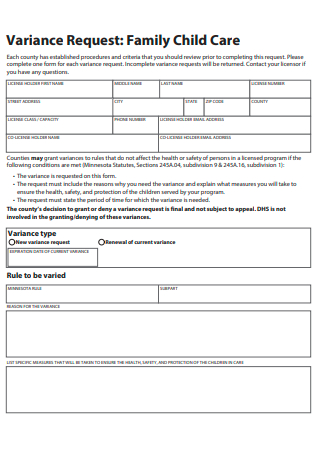
Variance Request Family Child Care
download now -
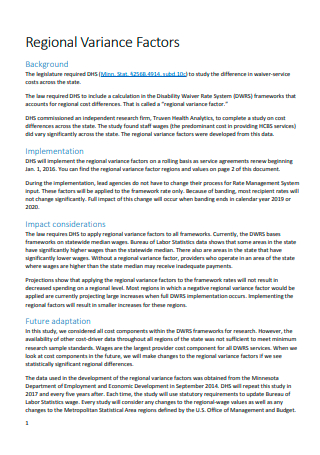
Regional Variance Factors
download now -
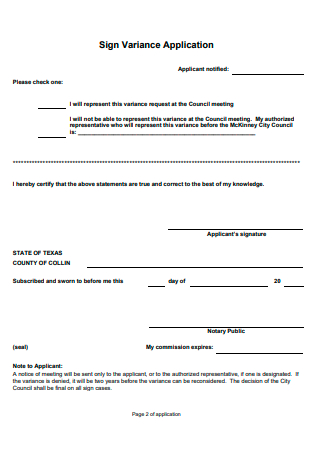
Sign Variance Application
download now -
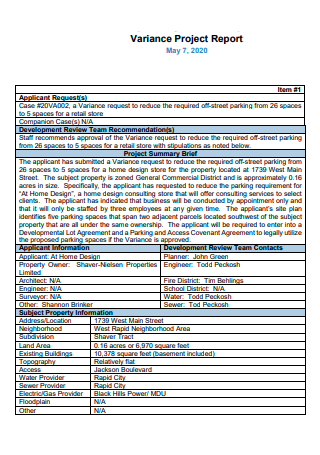
Variance Project Report
download now -
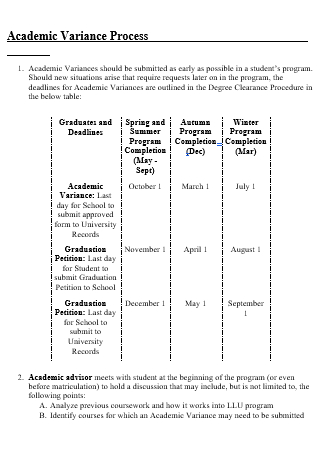
Academic Variance Process
download now -
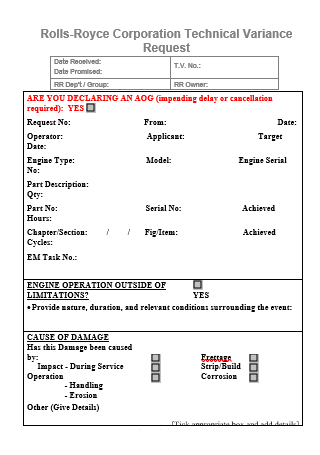
Corporation Technical Variance Request
download now -
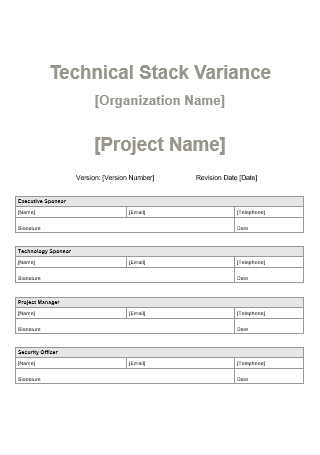
Technical Stack Variance
download now
What Is a Sample Variance?
Sample variance is utilized to calculate the sample variability. A sample is a collection of observations drawn from a population that can fully represent it. The sample variance is measured relative to the data set’s norm, also called the estimated variance. As two categories of data are grouped and ungrouped, two formulas are available for calculating sample variance. Furthermore, the sample standard deviation is the square root of the sample variance.
Benefits of Sample Variance
Statisticians use variance to determine the relationship between individual numbers within a data set instead of broader mathematical methods such as arranging numbers into quartiles. The benefit of variance is that it treats all deviations from the mean equally, irrespective of their direction. The squared deviations cannot add up to zero and convey the impression that there is no variation in the data. Variance has the disadvantage of giving extra weight to outliers. These are the extreme deviations from the mean. The data may be affected by squaring these quantities. Another disadvantage of using variance is that it is difficult to interpret. The square root of its value, which suggests the standard deviation of the data, is frequently its primary use. As previously stated, investors can use standard deviation to evaluate the consistency of returns over time.
Types of Variance
The variance analysis compares anticipated and actual results. For instance, a company may predict a certain amount of sales for the following year and then compare it to the substantial sales revenue it receives. Depending on the preferences of a given business, variance measurements may occur monthly, quarterly, or annually. The type of variance analysis performed depends on the data being analyzed. Here are three distinct variance analysis types:
How to Keep Your Business Data Reliable
Business data is essential for the operation of a company. Data assists in making crucial business decisions, automating workflows, and measuring progress. Marketing, sales budget, and customer service, among others, require data to execute their daily responsibilities. Even small businesses need data to establish business-critical processes. You can efficiently perform everyday tasks when your business data is reliable and accurate. It can provide fundamental insights into your marketing and sales campaign proposal. You can manage communications with your prospects and customers using business data. Also, unreliable data can cause your organization additional issues. You may encounter several obstacles in your marketing or sales campaigns, and you will not receive accounted toe information regarding the efficacy of your campaigns. Many things can go awry if business data is unreliable.
1. Use a CRM System
A consumer relationship management (CRM) system can help you centralize all contact information. It gathers, organizes, and controls all customer data. You can monitor your customers’ buyer journey, streamline communication, and improve customer experience. With the aid of CRM, you can automate daily tasks list such as sending a prospect a follow-up email. This allows you to remain on track and recall the last time you communicated with a prospect or client. CRM will enable you to synchronize your data and share it with your organization’s personnel. For example, sales and marketing teams can readily collaborate on campaigns using CRM data. Investing in CRM software that fits your organization’s needs and budget is essential. Setting up your CRM is the initial step to ensure accurate data.
2. Determine Where New Data Is Originating
A source of unreliable data enters your system. It is essential to consider the advent of new data. Importing data can result in the introduction of incorrect information into your CRM system. The imported data may contain duplicate or incorrectly formatted information. Or various team members are importing incompatible data, which is confusing. This type of unreliable data can clog your system and complicate data maintenance. When you know the sources from which data enters your system, you can examine it before importing. You can modify and revise the data before entering it into the action plan. This reduces the likelihood of error and complexity within your CRM system.
3. Segment Your Data
The organization is essential for maintaining accurate and current data. Segment your data to organize it. You can segment your data by including various properties that provide additional information about your contacts. The database can be divided into categories based on your contacts’ preferences, location, purchasing history, etc. Segmentation can add value to your data. It can facilitate the management of your marketing campaigns and communication with your customers. When needed, it is simple to access and utilize organized data.
4. Keep Your Database Clean
Fixing these mistakes can be time-consuming and expensive. To prevent these duplicates and other erroneous data, you can establish criteria for data input and upkeep to prevent the entry of inaccurate data from unreliable sources. Ensure that these standards are communicated to all data entry teams to synchronize all data from accurate sources. Eighty percent of a data scientist’s time is spent cleansing data rather than generating insights. Only twenty percent of a data scientist’s time is spent developing insights; the remainder is spent manipulating data. It frequently emphasizes the need to resolve various data quality, standards, and access issues. Or as a means of promoting portals, dashboards, and other analytical tools.
5. Make Available Dashboards for Report
Data insights should be made accessible to all teams that require the relevant data. For instance, marketing and sales teams collaborate on numerous campaigns, so that both teams will need campaign insights. Not only should report dashboards not be kept private but they should also be shared with the appropriate stakeholders. This promotes transparency among teams and increases their efficiency. When teams have access to these dashboards, they are no longer required to waste time requesting pertinent data. Create a dashboard with essential KPIs and make it accessible to all team members. This can help all members of one or more teams collaborate and reduce the likelihood of data errors or inconsistencies.
6. Promote Data Literacy
It is essential to involve and educate all team members on data maintenance practices. These team members can be trained to cope with data. Thus, team members can comprehend how data should be entered into the CRM system without error. They will also be able to utilize this data when necessary and maintain it routinely to ensure its accuracy. Additionally, team members should know how poor data can negatively affect an organization. Training can enable team members to maintain a clean and error-free database. 90% of business leaders cite data literacy as crucial to the success of their companies, but only 25% of employees feel confident in their data abilities. In addition, estimates indicate that nearly nine out of ten data science professionals are white, while only 18% are female. Regarding diversity, General Assembly research suggests that data science trails behind other tech-oriented fields, such as digital marketing and user experience design.
7. Regular Data Maintenance
Regular data maintenance is required to ensure the integrity of your data. Regular data cleanups and updates can help you maintain the accuracy of your data. It will also prevent the accumulation of errors that can be expensive. Not doing regular data checkups can make data maintenance more expensive later. Get various team members to contribute and routinely update data. Once you have educated your team members, they can import data with minimal errors and frequently check the database for insufficient data.
FAQs
Is standard deviation the sample variance?
In contrast to the range and interquartile range, variance is a measurement of dispersion that accounts for the distribution of all data points within a data set. It is the most common measure of dispersion, along with the standard deviation, which is the square root of the variance.
Why is business data important to companies?
Data enables you to comprehend and enhance business processes to save money and time. Every business is affected by waste. It depletes resources, wastes time, and hurts the bottom line. For instance, poor advertising decisions can be one of the primary resource wasters in a business.
Why is business data analysis important?
Business analytics enables specialists to interpret the information provided by data. The process of storing, organizing, and analyzing data is business analytics. These capabilities assist organizations in exploring and utilizing data to facilitate profitable and effective decision-making.
As this is extensively used in research institutes and even by high school and college students, it reduces nominal error. It also assures that you can add values or other parameters according to the user’s needs. A Sample Variance Template can be modified and converted into various file formats so that users can add more information and even their logo to make the document appear more professional. It ensures that all features can be further customized to meet the specific essentials of each user.
